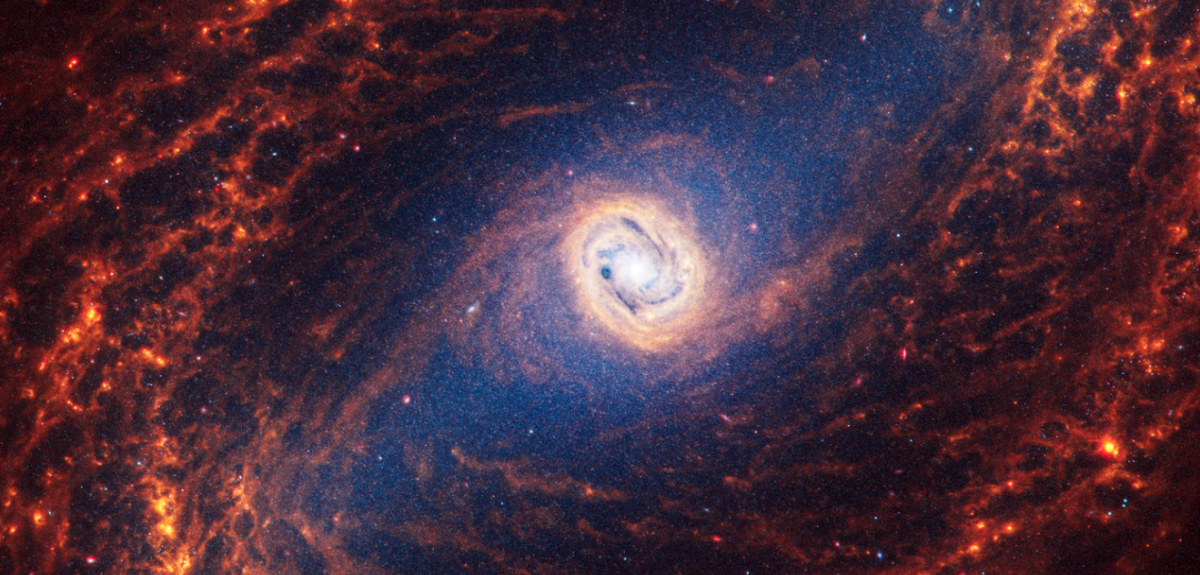
Stunning spiral galaxies seen in new James Webb Space Telescope images
A set of highly detailed images of 19 nearby spiral galaxies from NASA’s James Webb Space Telescope (JWST) have been publicly released today. The suite of extraordinary images will provide several new puzzle pieces for astronomers and astrophysicists around the world.
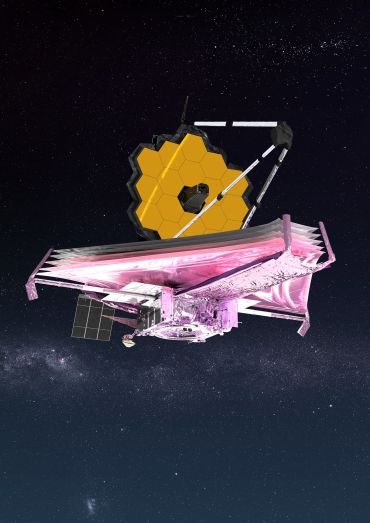 Artistic conception of the James Webb Space Telescope. Credit: NASA GSFC/CIL/Adriana Manrique Gutierre.
Artistic conception of the James Webb Space Telescope. Credit: NASA GSFC/CIL/Adriana Manrique Gutierre.Dr Thomas Williams, a postdoctoral researcher at the University of Oxford’s Department of Physics, led on the data processing for the latest set of images – some 18 months of work for a team of around 10 people. ‘The amount of detail in these images is overwhelming – in a good way,’ he explained. ‘It means that we may be able to fill in more of the gaps in our knowledge about the structure and evolution of galaxies, star formation, the life-cycle of stars and so much more.’
The images are part of a long-standing project, the Physics at High Angular resolution in Nearby GalaxieS (PHANGS) programme, which is supported by more than 150 astronomers worldwide. These latest images from JWST’s near- and mid-infrared spectrographs join the programme’s vast body of data gained from NASA’s Hubble Space Telescope, the Very Large Telescope’s Multi-Unit Spectroscopic Explorer, and the Atacama Large Millimeter/submillimeter Array. This means that researchers now have ground-based and space-based observation data in ultraviolet, visible, and radio light data as well as the near- and mid-infrared imagery.
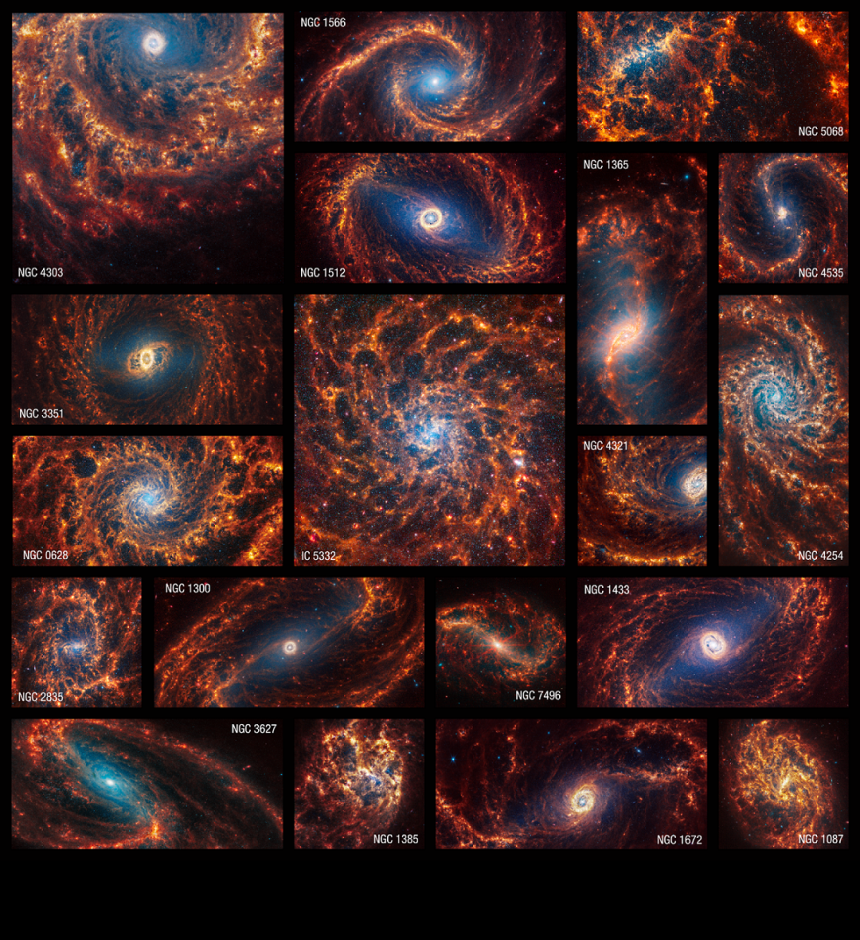 The new collection of images of 19 spiral galaxies from the James Webb Space Telescope in near- and mid-infrared light. Millions of stars are captured in these images. Older stars appear blue and are clustered at the galaxies’ cores. Glowing dust around and between stars appears in shades of red and orange. Stars that haven’t yet fully formed and are encased in gas and dust appear bright red. Image credit: NASA, ESA, CSA, STScI, Janice Lee (STScI), Thomas Williams (Oxford), PHANGS Team.
The new collection of images of 19 spiral galaxies from the James Webb Space Telescope in near- and mid-infrared light. Millions of stars are captured in these images. Older stars appear blue and are clustered at the galaxies’ cores. Glowing dust around and between stars appears in shades of red and orange. Stars that haven’t yet fully formed and are encased in gas and dust appear bright red. Image credit: NASA, ESA, CSA, STScI, Janice Lee (STScI), Thomas Williams (Oxford), PHANGS Team.Dr Williams added: ‘We have been hard at work getting these data ready for science. This programme is a huge volume of data, and JWST is an extremely complex observatory. Working with the data so early in JWST’s lifecycle has been a privilege and a challenge, and we have learnt a lot that will improve JWST observations going forwards. The images, I think, speak for themselves: this is the sharpest view we have ever had of galaxies at these wavelengths.’
There are so many avenues of research that scientists can pursue with the combined PHANGS data. The unprecedented number of stars in evidence from this latest suite of images has huge potential for cataloguing and learning.
Dr Thomas Williams, Department of Physics, University of Oxford
Evidence shows that galaxies grow from inside out: star formation begins at galaxies’ cores and spreads along their arms, spiralling away from the centre. The farther a star is from the galaxy’s core, the more likely it is to be younger. In contrast, the areas near the cores that look lit by a blue spotlight are populations of older stars while some galaxy cores are awash with pink and red diffraction spikes.
In addition to immediately releasing these images, the PHANGS team has also released the largest catalogue to date of roughly 100,000 star clusters. ‘The amount of analysis that can be done with these images is vastly larger than anything our team could possibly handle,’ said Professor Erik Rosolowsky from the University of Alberta, Canada, one of the project leads. ‘We’re excited to support the community so all researchers can contribute.’
The James Webb Space Telescope is an international programme led by NASA with its partners, ESA (European Space Agency) and the Canadian Space Agency.
The new suite of images can be viewed on the James Webb Space Telescope website.
 Landmark study definitively shows that conservation actions are effective at halting and reversing biodiversity loss
Landmark study definitively shows that conservation actions are effective at halting and reversing biodiversity loss
 Researchers find oldest undisputed evidence of Earth’s magnetic field
Researchers find oldest undisputed evidence of Earth’s magnetic field
 Honorary degree recipients for 2024 announced
Honorary degree recipients for 2024 announced
 Vice-Chancellor's innovative cross-curricular programme celebrated
Vice-Chancellor's innovative cross-curricular programme celebrated
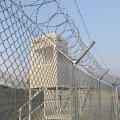 New database sheds light on violence in Greek detention facilities
New database sheds light on violence in Greek detention facilities
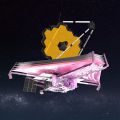 James Webb Space Telescope detects interstellar dust grains in the first billion years of cosmic time
James Webb Space Telescope detects interstellar dust grains in the first billion years of cosmic time
 New data from James Webb Space Telescope reveals an exoplanet atmosphere as never seen before
New data from James Webb Space Telescope reveals an exoplanet atmosphere as never seen before
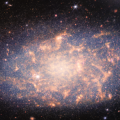 James Webb Space Telescope reveals new surprises on galaxy organic molecules near black holes
James Webb Space Telescope reveals new surprises on galaxy organic molecules near black holes